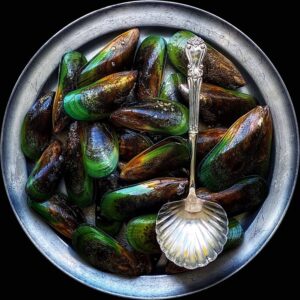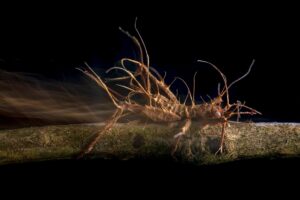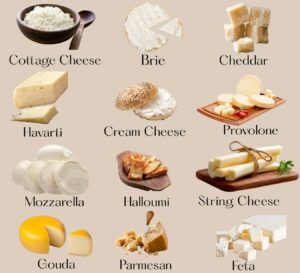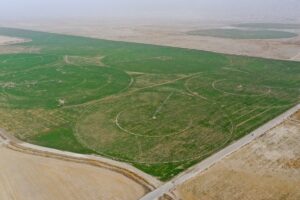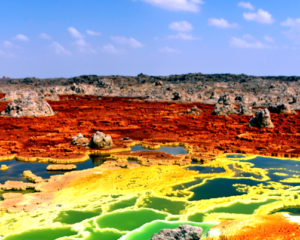Nature has bestowed upon various creatures the remarkable ability to camouflage themselves with their surroundings, making them masters of disguise. These incredible animals have developed unique adaptations to blend seamlessly into their environments, whether it be through mimicry, coloration, or behavior. Join us on a journey to explore the top 10 animals that showcase the art of camouflage in the wild.
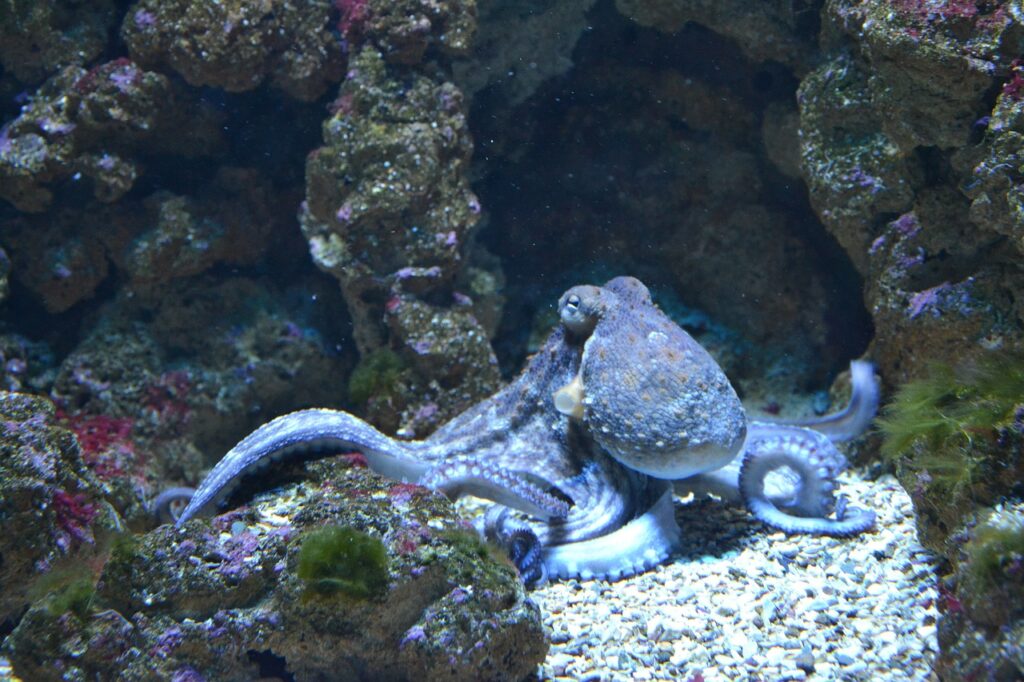 Pin
Pin Image by sandrine RONGÈRE from Pixabay
Table of Contents
1. Chameleon
The chameleon is synonymous with camouflage, thanks to its ability to change color to match its surroundings. This remarkable reptile can blend into any environment with astonishing accuracy. Chameleons possess specialized cells called chromatophores, which contain different pigments.
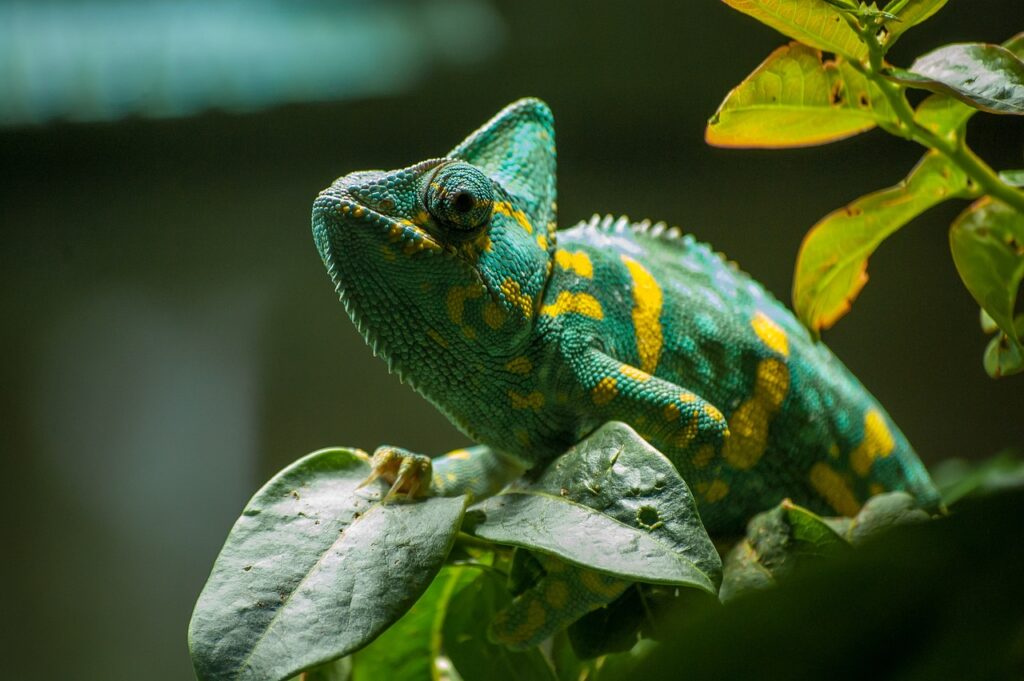 Pin
Pin Image by AQgraphy from Pixabay
By expanding or contracting these cells, they can alter their skin color to communicate, regulate temperature, or hide from predators. Found primarily in Africa and Madagascar, chameleons are also known for their unique eyes, which can move independently, providing a 360-degree view of their environment. Their long, sticky tongues can extend rapidly to catch prey, making them efficient hunters. Chameleons’ feet are adapted for gripping branches, allowing them to navigate their arboreal habitats with ease. Despite their elusive nature, chameleons have fascinated scientists and nature enthusiasts alike, symbolizing adaptability and the wonders of evolution. Their ability to seamlessly blend into their surroundings continues to captivate our imagination.
2. Leaf-Tailed Gecko
The leaf-tailed gecko, native to Madagascar, is a master of disguise. This remarkable reptile has evolved to resemble a dead leaf, complete with intricate veins and natural discoloration. This extraordinary adaptation allows the gecko to blend seamlessly into its forest habitat, making it nearly invisible to predators and prey alike.
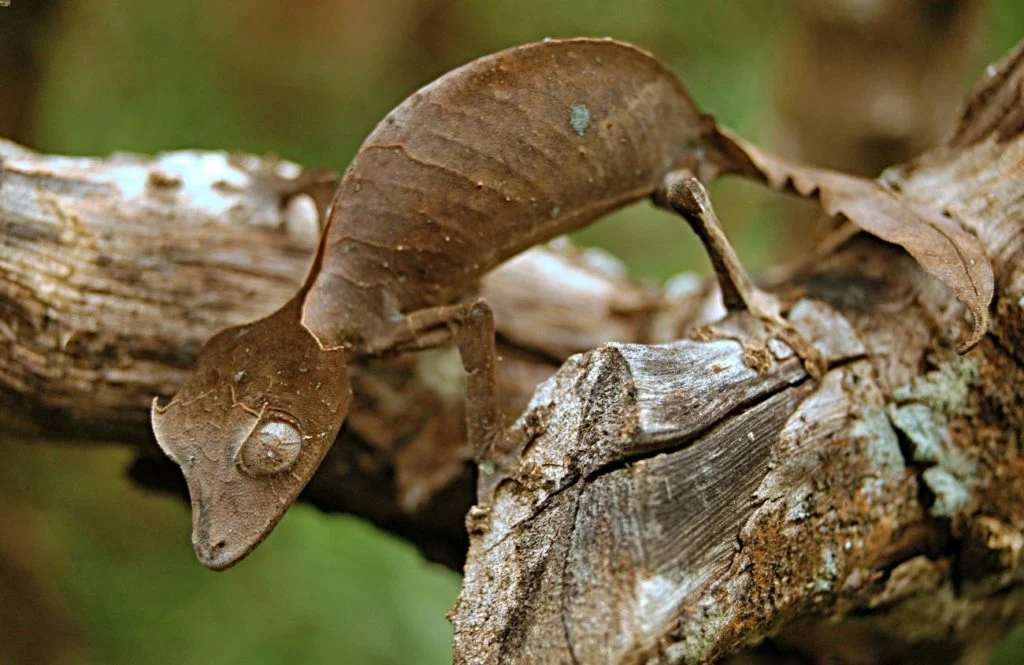 Pin
Pin Image by reptiledirect
The leaf-tailed gecko’s camouflage is so effective that it can remain undetected even when in plain sight. These geckos are nocturnal hunters, using their stealth to ambush insects and other small invertebrates. Their flattened bodies and fringed edges further enhance their leaf-like appearance, while their large, lidless eyes provide excellent night vision. The leaf-tailed gecko’s ability to mimic its surroundings is a testament to the wonders of evolution, showcasing nature’s ingenuity in survival strategies. This fascinating creature continues to captivate scientists and nature enthusiasts with its unique adaptations and elusive behavior.
3. Mimic Octopus
The mimic octopus, found in the Indo-Pacific region, is a true master of disguise. This remarkable cephalopod can imitate the appearance and behaviors of various marine animals, such as lionfish, flatfish, and sea snakes, to confuse predators and avoid threats. By altering its body shape, color, and movements, the mimic octopus can convincingly replicate these creatures, making it one of the most versatile and adaptive animals in the ocean.
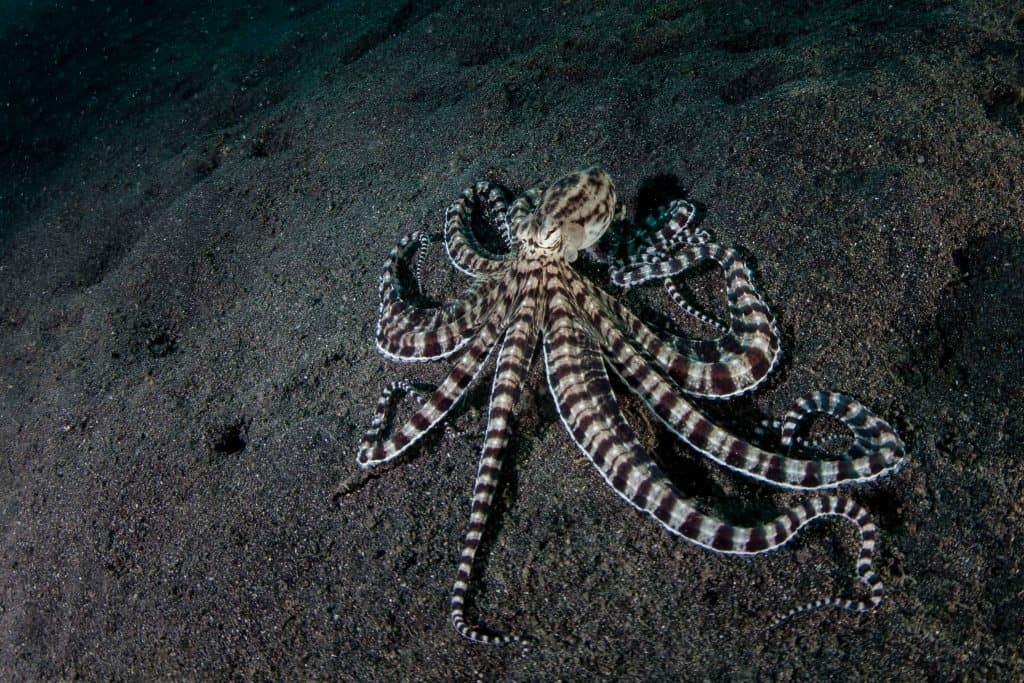 Pin
Pin Image by octonation.com
This ability to mimic multiple species is not just for defense; it also helps the octopus in hunting by allowing it to approach prey without raising suspicion. The mimic octopus’s intelligence and adaptability are a testament to the incredible diversity and complexity of marine life. Its unique survival strategy continues to fascinate scientists and marine enthusiasts, highlighting the intricate and often surprising ways in which animals evolve to thrive in their environments.
4. Katydid
Katydids, also known as bush crickets, are masters of mimicry, resembling leaves or twigs to avoid detection by predators. Their unique body shapes and colors allow them to blend seamlessly into their surroundings, making them nearly invisible in the foliage. This remarkable adaptation helps them evade birds, reptiles, and other predators that rely on sight to hunt.
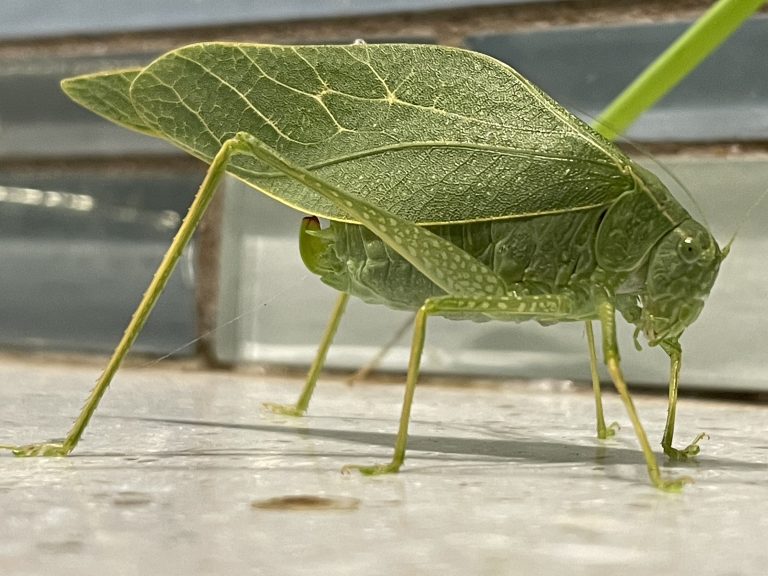 Pin
Pin Image by lauraperdew
Katydids have elongated bodies, leaf-like wings, and even veins that mimic the appearance of real leaves. Some species can change their color to match the seasonal changes in their environment, further enhancing their camouflage. These nocturnal insects are primarily found in tropical and subtropical regions, where they feed on leaves, flowers, and sometimes small insects. Their ability to mimic their surroundings is a testament to the wonders of evolution, showcasing nature’s ingenuity in survival strategies. Katydids continue to fascinate scientists and nature enthusiasts with their incredible adaptations and elusive behavior.
5. Decorator Crab
The decorator crab is a fascinating marine creature known for its unique camouflage techniques. Using materials from its environment, this crab adorns its body with algae, sponges, and even small rocks to blend in seamlessly with its surroundings on the ocean floor. This clever adaptation helps the decorator crab avoid predators and ambush prey.
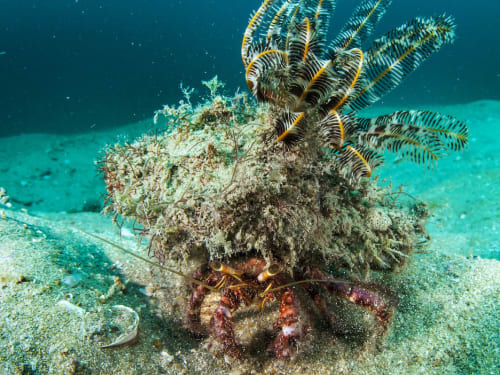 Pin
Pin Image by roundglasssustain
By attaching these materials to specialized hooked setae on its exoskeleton, the crab effectively becomes part of the underwater landscape. This not only provides protection but also allows the crab to move undetected while foraging. Found in various ocean habitats, decorator crabs showcase the incredible ingenuity of nature’s survival strategies. Their ability to use available resources for camouflage highlights the complex interactions between marine organisms and their environments. The decorator crab’s behavior continues to intrigue scientists and marine enthusiasts, offering insights into the adaptive capabilities of ocean life.
6. Uroplatus Gecko
The Uroplatus gecko, commonly known as the mossy leaf-tailed gecko, is a marvel of evolution. Native to Madagascar, this species has developed an extraordinary camouflage that makes it resemble moss-covered bark. This adaptation allows the gecko to hide in plain sight, evading predators with remarkable efficiency.
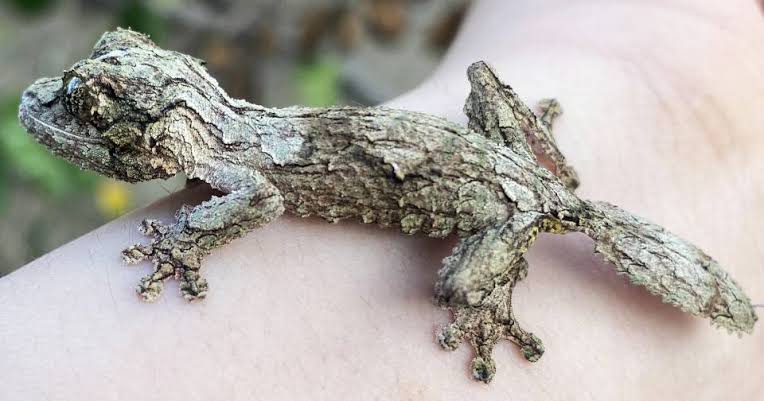 Pin
Pin Image by LLLReptile
The gecko’s skin features intricate patterns and textures that mimic the appearance of lichen and moss, blending seamlessly with its arboreal habitat. Additionally, it has fringed flaps of skin along its body, limbs, and head, which help break up its outline and enhance its disguise. These nocturnal creatures are primarily active at night, using their excellent night vision to hunt insects and other small invertebrates. The mossy leaf-tailed gecko’s ability to remain undetected in its natural environment is a testament to the ingenuity of nature’s survival strategies. This fascinating reptile continues to captivate scientists and nature enthusiasts alike.
7. Tawny Frogmouth
The tawny frogmouth is a master of disguise, with mottled plumage and bark-like coloration that make it resemble a tree branch. This remarkable adaptation allows the bird to blend seamlessly into its surroundings, rendering it nearly invisible to predators during the day.
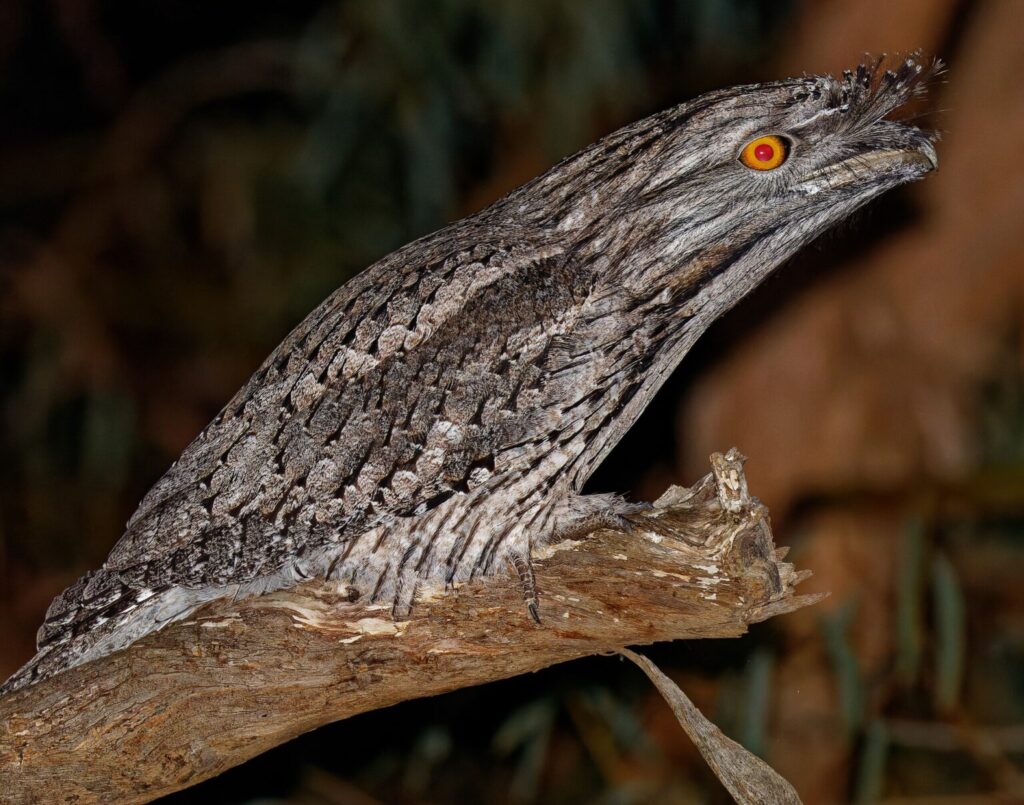 Pin
Pin Image by Damian Kelly via connectingcountry.org.au
Native to Australia, the tawny frogmouth is often mistaken for an owl due to its nocturnal habits and similar appearance. However, it belongs to a different family and has unique characteristics. During the day, the frogmouth perches motionless on tree branches, relying on its camouflage to avoid detection. At night, it becomes an active hunter, feeding on insects, small mammals, and other prey. Its wide, frog-like mouth is perfectly adapted for catching insects in flight. The tawny frogmouth’s ability to mimic its environment is a testament to the wonders of evolution, showcasing nature’s ingenuity in developing survival strategies. This fascinating bird continues to captivate birdwatchers and nature enthusiasts alike.
8. Peppered Moth
The peppered moth is a classic example of industrial melanism, showcasing how species can rapidly evolve in response to environmental changes. During the Industrial Revolution in Europe, pollution caused tree trunks to darken with soot, making the previously common light-colored moths highly visible to predators.
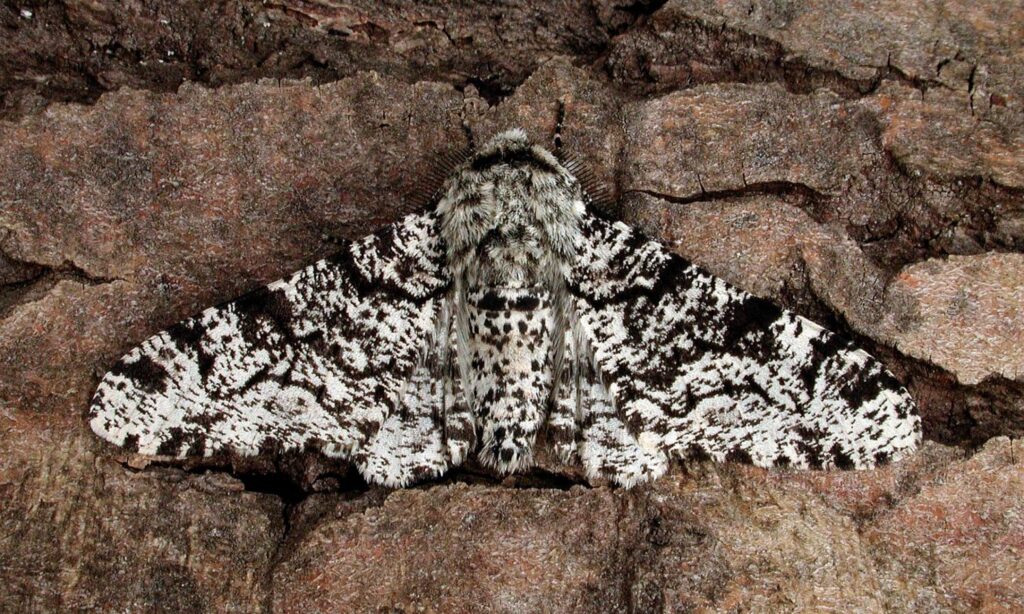 Pin
Pin Image by butterfly-conservation.org
In contrast, a dark-colored variant of the moth, which was initially rare, became more common as it could better blend into the polluted environment. This shift in population dynamics is a striking example of natural selection in action. The dark-colored moths had a survival advantage in the polluted areas, leading to an increase in their numbers. As pollution levels decreased over time, the light-colored moths began to reappear. The peppered moth’s story is a powerful illustration of how environmental pressures can drive evolutionary changes, highlighting the dynamic relationship between organisms and their habitats.
9. Cuttlefish
Cuttlefish are extraordinary marine animals known for their remarkable ability to change skin color and texture. Using specialized cells called chromatophores, cuttlefish can rapidly alter their appearance to blend seamlessly with their surroundings. This ability allows them to ambush prey and evade predators with incredible efficiency.
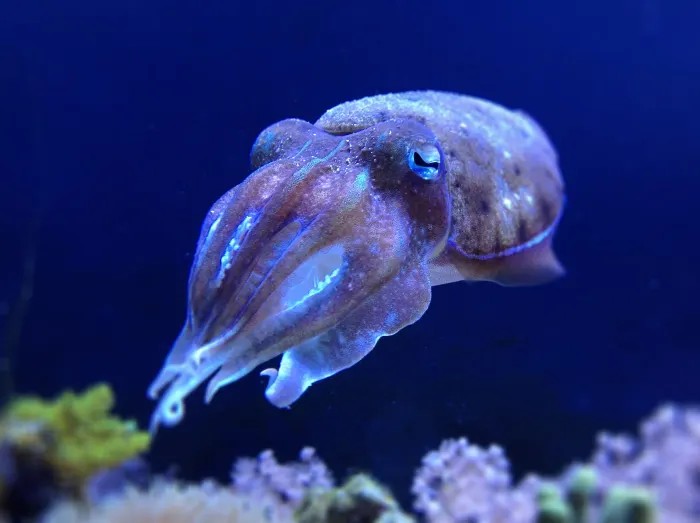 Pin
Pin Image by owlcation
Chromatophores contain pigments that expand or contract to produce various colors, while other cells, like iridophores and leucophores, reflect light to create iridescent and white effects. This complex system enables cuttlefish to mimic the textures and colors of their environment, from sandy ocean floors to vibrant coral reefs. Additionally, cuttlefish use their camouflage for communication and mating displays. Their intelligence and adaptability make them fascinating subjects of study, highlighting the intricate and dynamic nature of marine life. The cuttlefish’s mastery of disguise continues to captivate scientists and marine enthusiasts, showcasing the wonders of evolution and the incredible diversity of oceanic creatures.
10. Dead Leaf Butterfly
The dead leaf butterfly, scientifically known as Kallima inachus, is a master of disguise. Its wing patterns closely resemble a dried, shriveled leaf, complete with veins and irregular edges. This remarkable camouflage allows the butterfly to rest undetected among foliage when its wings are closed.
 Pin
Pin Image by learnaboutnature.com
Found primarily in South and Southeast Asia, the dead leaf butterfly uses this mimicry to evade predators such as birds and lizards. When its wings are open, the butterfly displays vibrant colors, but once it closes them, it becomes almost indistinguishable from a dead leaf. This dual appearance not only helps in avoiding predators but also aids in surprising prey. The dead leaf butterfly’s ability to blend into its environment is a fascinating example of nature’s ingenuity, showcasing the intricate adaptations that have evolved to ensure survival. This species continues to captivate scientists and nature enthusiasts with its unique and effective camouflage.
Conclusion
The animal kingdom is filled with incredible masters of disguise, each with unique adaptations that allow them to blend seamlessly into their environments. From the color-changing abilities of the chameleon and cuttlefish to the leaf-mimicking prowess of the dead leaf butterfly and leaf-tailed gecko, these creatures showcase the remarkable ingenuity of nature.
Their camouflage techniques not only help them evade predators but also aid in hunting and survival. By studying these top 10 experts of animal disguises, we gain a deeper appreciation for the complexity and beauty of evolutionary adaptations. These fascinating examples remind us of the endless wonders of the natural world and the intricate strategies that have evolved over millions of years to ensure the survival of these remarkable species.
FAQs
Animal disguises primarily serve to protect animals from predators, aid in hunting prey, and sometimes for mating displays. These adaptations help them survive in their natural habitats.
Chameleons change their color using specialized cells called chromatophores, which contain different pigments. By expanding or contracting these cells, they can alter their skin color to communicate, regulate temperature, or blend into their surroundings.
The mimic octopus is unique because it can imitate the appearance and behaviors of various marine animals, such as lionfish, flatfish, and sea snakes, to confuse predators and avoid threats. This versatility makes it one of the most adaptive animals in the ocean.
The dead leaf butterfly avoids predators by mimicking the appearance of a dried, shriveled leaf when its wings are closed. This camouflage makes it nearly invisible among foliage, protecting it from birds and other predators.
Industrial melanism is the evolutionary process where darker-colored variants of a species become more common due to industrial pollution. The peppered moth is a classic example, where dark-colored moths became more prevalent during the Industrial Revolution to blend in with soot-covered trees.
Decorator crabs camouflage themselves by attaching materials from their environment, such as algae, sponges, and small rocks, to their bodies. This helps them blend into the ocean floor and avoid predators.
The leaf-tailed gecko has evolved to resemble a dead leaf, complete with veins and natural discoloration. Its flattened body and fringed edges further enhance its leaf-like appearance, allowing it to blend seamlessly into its forest habitat.
Cuttlefish are considered masters of disguise because they can rapidly change their skin color and texture using specialized cells called chromatophores. This ability allows them to blend into their surroundings, ambush prey, and evade predators.
Katydids use mimicry by resembling leaves or twigs, with elongated bodies and leaf-like wings. This camouflage helps them blend into the foliage, making them nearly invisible to predators.
The tawny frogmouth’s mottled plumage and bark-like coloration allow it to resemble a tree branch. This camouflage helps it avoid detection by predators during the day, as it remains motionless on tree branches.













